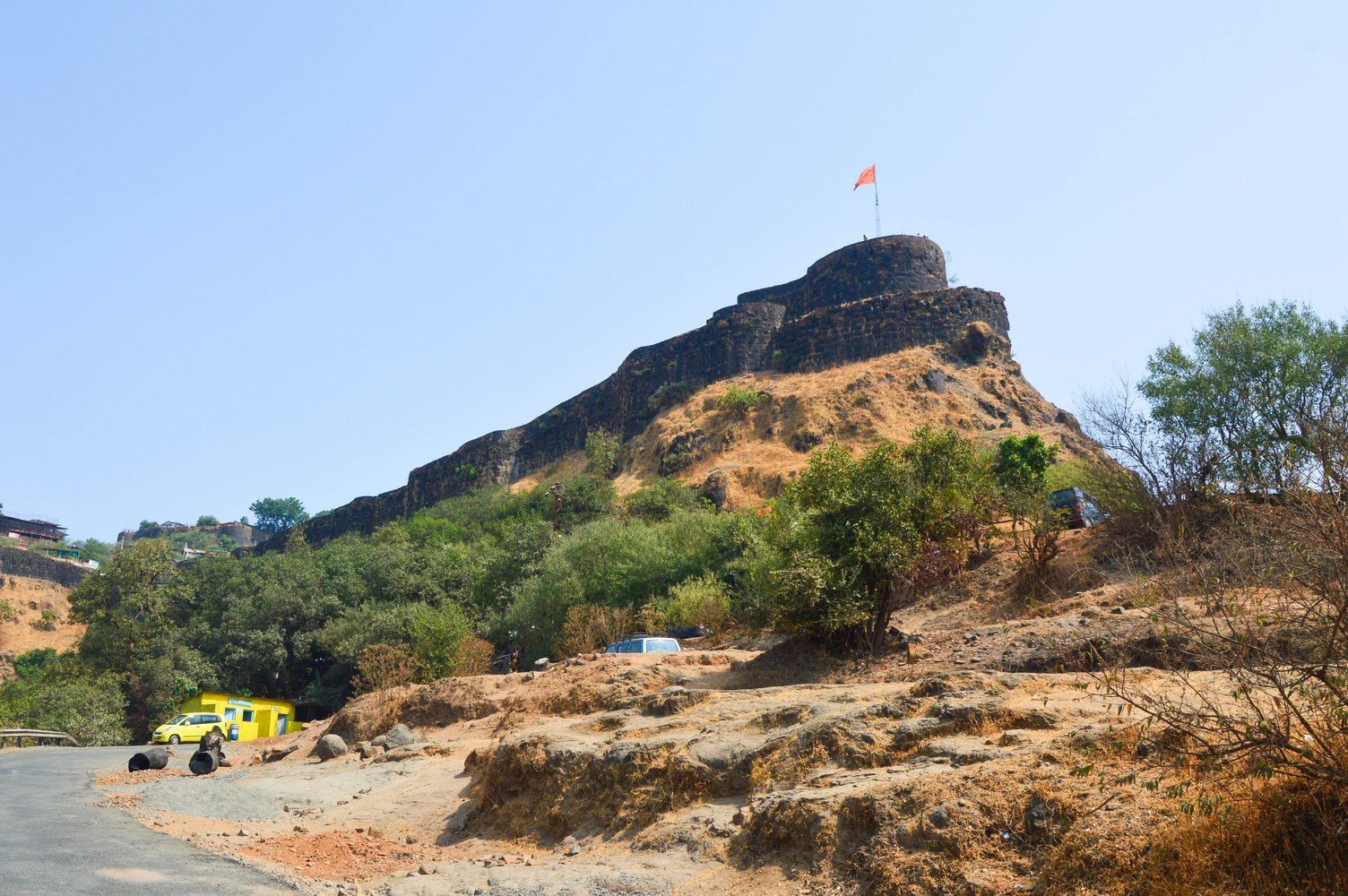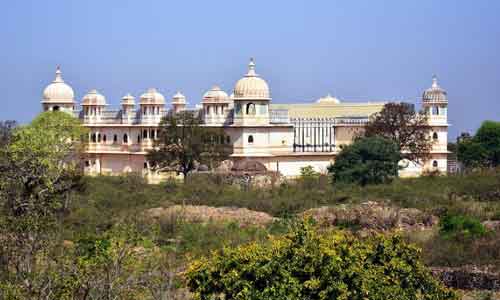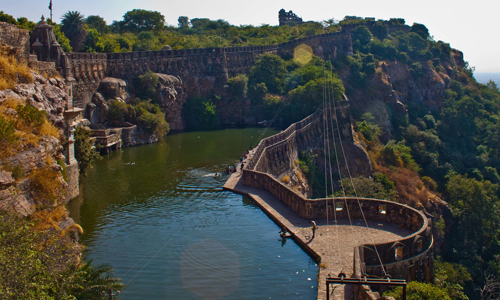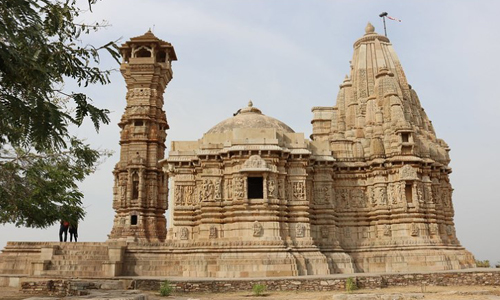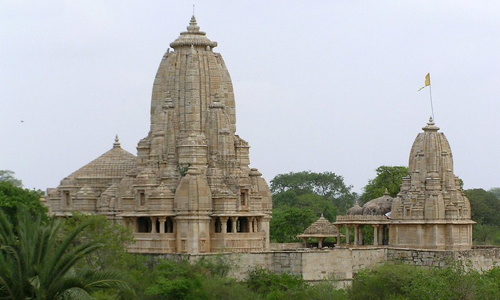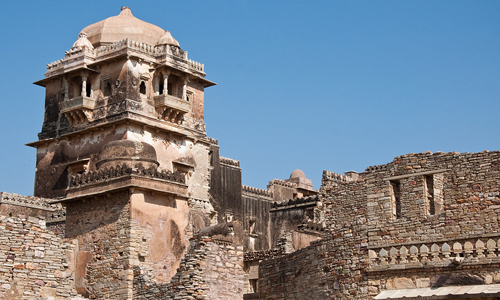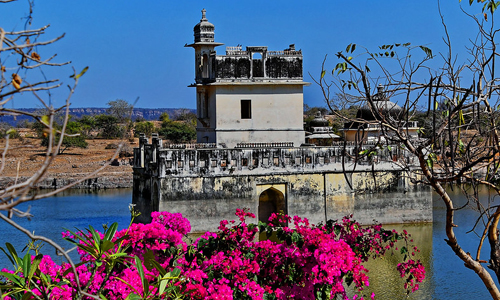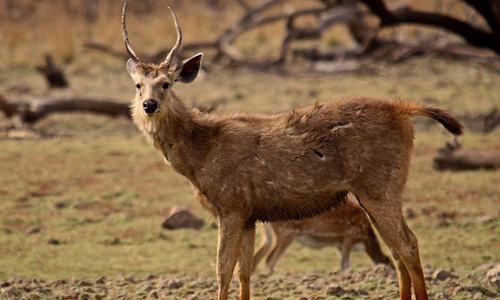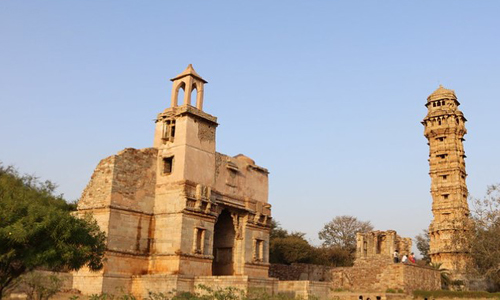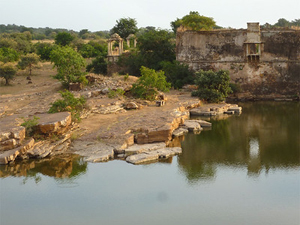Chittorgarh Fort, a UNESCO heritage site, is one of the top places to visit in Chittorgarh. The intimidating beauty and imposing architecture of the fort and the gallant history of Rajput draw crowds from all over the world.
Who built Chittorgarh Fort
Historians believe that Mauryan rulers built this fort sometime around the 7th century AD. The name Chittorgarh comes from Chittrangad Maurya, a Maurya ruler. Furthermore, Chittorgarh was the capital of Mewar during Sisodia and Gahlot rule from the 8th to 16th centuries.
Chittor fort has always been a bone of contentions among various states. In known history, it was attacked thrice. Allaudin Khilji was the first ruler to set his eye upon the fort in 1303. After almost 200 years, Gujarat's Sultan Bahadur Shah attacked the fort. Shortly after that, in 1567, Mughal Badshah Akbar sieged the fort to coerce Maharana Udai Singh. However, the fort withstood all the attacks and sieges thanks to the Rajput rulers' tactics.
This grand fort covers 700 acres on top of a 590-foot hill. You have to walk down a kilometer on a winding road to enter Chittorgarh Fort. The fort has seven entrances, namely, Padan Pol, Bhairon Pol, Hanuman Pol, Ganesh Pol, Jodala Pol, Laxman Pol, Ram Pol. It is believed that half of the fort was full of scattered water-bodies. Although, only a few of them are still functional. Rajput rulers built them because of the dry climate of Rajasthan and the chances of frequent droughts in the city.
The fort's attractions include countless Mandirs, tanks, and mahals. Gaumukh Bawli and Vijay Stambh draw the attention of the people most. The bawli depends on the natural water supply; hence it remains full throughout the year. The water comes out of a structure of the cow-mouth-like structure. For this reason, it is called Gaumukh Bawli. Devotees thronged to this Bawli to take a holy dip. This water was supplied through a tunnel into the castle for female members' use.
The Vijay Stambh stands in all its glory as an emblem of unflagging Rajput rulers' fortitude. Whereas most of the Stambhs in India are closed for public entrance, Vijay Stambh invites the visitors to come inside. However, climbing an eight-story high building through steep stairs and narrow aisles might seem daunting to some. But, to feel your own presence amid the darkness will be an enthralling experience for those who are willing to take a chance. Add to that the panoramic view of Chittorgarh from the top of the tower. This alone is reason enough to include this in your Chittorgarh tour packages.


